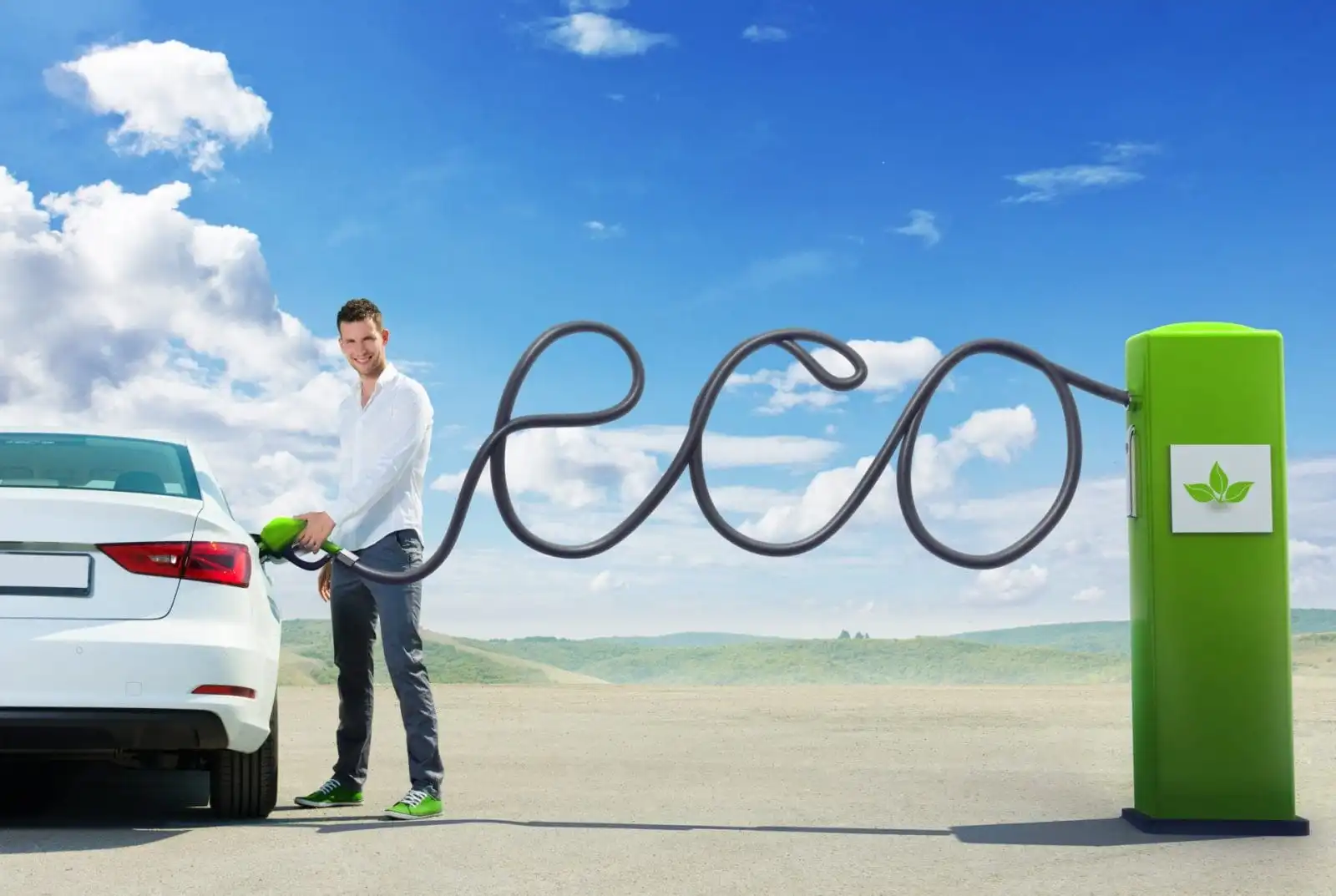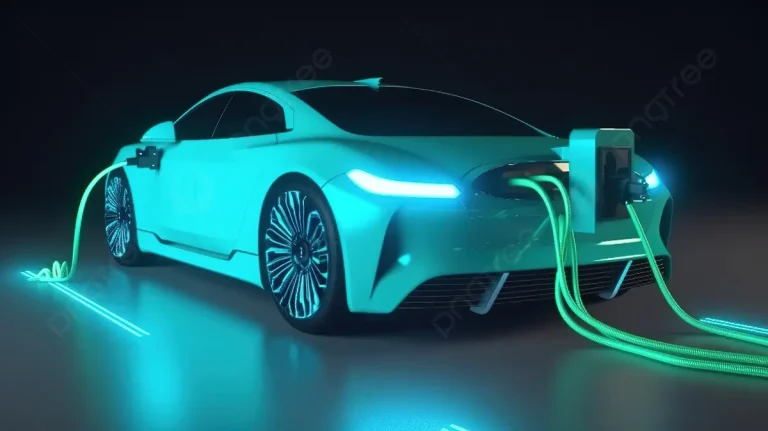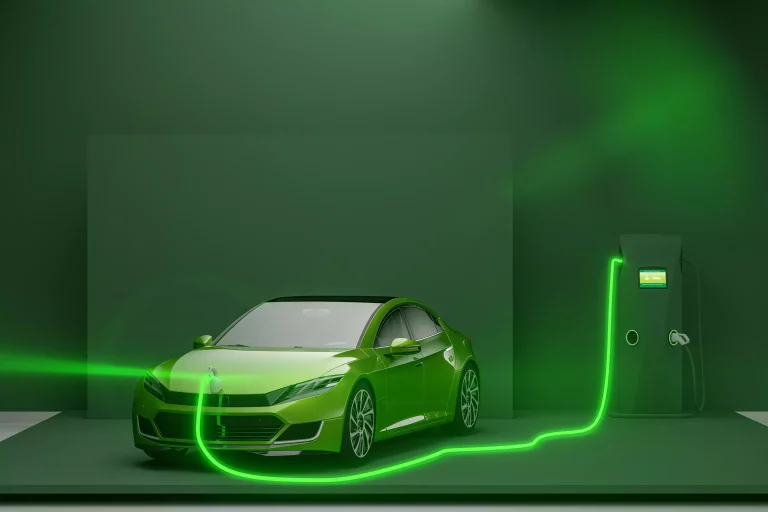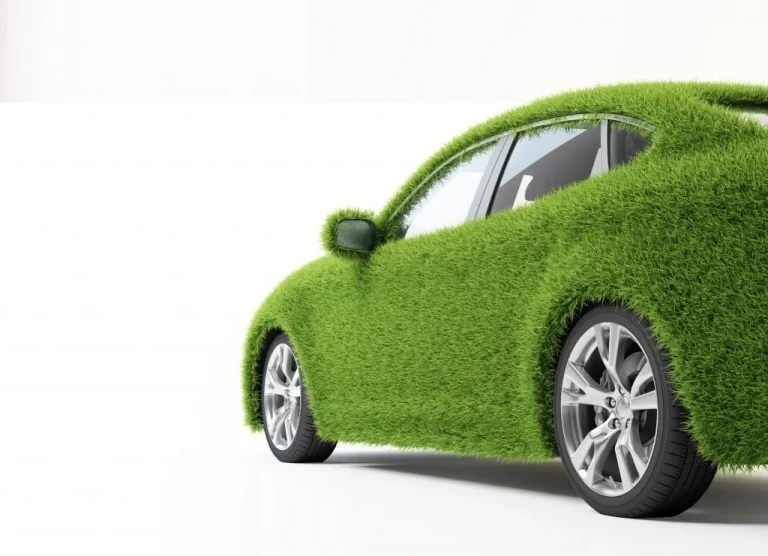Why Choose Eco-Friendly Cars
The automotive industry is undergoing a massive transformation as eco-friendly vehicles take center stage. From electric cars (EVs) to hybrids, and even traditional models with improved fuel efficiency, the shift toward greener options is no longer a luxury it’s a necessity. Let’s explore why eco-friendly vehicles are a game-changer and how they benefit your wallet, health, and the planet.
What Are Eco-Friendly Cars?
Eco-friendly cars are vehicles designed to minimize their environmental impact. They achieve this by reducing fuel consumption, lowering emissions, or using alternative energy sources like electricity or hydrogen. Examples include:
- Electric Vehicles (EVs): Fully powered by electricity, with zero tailpipe emissions.
- Hybrids: Combine a gasoline engine with an electric motor for better fuel efficiency.
- Plug-In Hybrids (PHEVs): Operate primarily on electricity but switch to gas when needed.
- Fuel-Efficient Gas Models: Cars with advanced technology for improved mileage and reduced emissions.
These vehicles offer a sustainable way to enjoy driving without compromising performance or comfort.
Why Eco-Friendly Cars Are Important
They Help Protect the Environment
- Lower Emissions: Eco-friendly cars, especially EVs, produce little to no greenhouse gases, reducing air pollution and combating climate change.
- Reduced Fuel Dependency: EVs and hybrids use less or no gasoline, decreasing the demand for fossil fuels.
- Sustainable Manufacturing: Many eco-friendly models are made with recyclable materials, which minimizes waste.
They Save You Money
- Lower Fuel Costs: Electric and hybrid cars are much cheaper to run than traditional gas-powered vehicles.
- Government Incentives: Tax credits, rebates, and other perks often accompany the purchase of eco-friendly cars.
- Reduced Maintenance: EVs have fewer moving parts, meaning less wear and tear and fewer trips to the mechanic.
They Improve Public Health
Gas-powered vehicles contribute to smog and harmful air pollution, which can cause respiratory issues and other health problems. Eco-friendly cars reduce or eliminate these pollutants, creating cleaner air for everyone.
Key Benefits of Eco-Friendly Vehicles
Better for the Planet
Eco-friendly cars significantly lower your carbon footprint. For example:
- EVs emit zero tailpipe pollutants.
- Hybrids reduce fuel consumption, cutting emissions without sacrificing range.
Fuel Efficiency
For drivers looking to save at the pump, fuel-efficient cars are a no-brainer. Hybrids and plug-in hybrids offer impressive mileage, while EVs eliminate gas costs altogether.
Innovative Technology
Most eco-friendly cars come packed with cutting-edge features, such as:
- Regenerative braking to recharge the battery.
- Smart driving modes that optimize energy use.
- Advanced infotainment systems for an enhanced driving experience.
Resale Value
As demand for green vehicles grows, their resale value remains high, making them a sound investment.
Why More Drivers Want Eco-Friendly Cars
The shift to eco-friendly vehicles isn’t just about environmental concerns. Here’s why more people are making the switch:
- Lower Operating Costs: Electric vehicles can save drivers thousands of dollars in fuel over their lifespan.
- Better Driving Experience: EVs offer smooth acceleration, quiet operation, and instant torque.
- Environmental Consciousness: Drivers feel good knowing they’re helping reduce pollution and conserve resources.
- Future-Proofing: As governments implement stricter emissions standards, eco-friendly cars are the smart choice for long-term compliance.
Overcoming Myths About Eco-Friendly Cars
Myth #1: EVs Don’t Have Enough Range
Reality: Most modern EVs offer ranges between 200–400 miles on a single charge, which is more than enough for daily commutes or even road trips. Fast-charging stations are also becoming more widespread.
Myth #2: They’re Too Expensive
Reality: While the upfront cost may be higher, savings on fuel, maintenance, and tax credits make eco-friendly cars more affordable over time.
Myth #3: They Lack Power
Reality: Electric motors deliver instant torque, giving EVs superior acceleration compared to many gas-powered cars.
Practical Tips for Switching to Eco-Friendly Driving
- Start Small: If you’re not ready to go fully electric, consider a hybrid or plug-in hybrid as a stepping stone.
- Explore Incentives: Look for local or federal programs offering rebates or tax breaks for green vehicles.
- Plan Charging Options: Install a home charging station or map out public chargers along your usual routes.
- Educate Yourself: Compare models to find the one that suits your budget, lifestyle, and driving needs.
- Adopt Green Habits: Combine your eco-friendly car with sustainable practices like carpooling or using public transport when possible.
Also Read: Top 10 Benefits of Eco-Friendly Cars
Conclusion
Eco-friendly cars are revolutionizing the way we drive. From reducing emissions and saving money to offering cutting-edge features, these vehicles are the future of transportation. Whether you choose a hybrid, plug-in hybrid, or a fully electric car, you’ll be part of a movement that’s better for the planet, your health, and your wallet.
Now’s the perfect time to make the switch because every drive you take in an eco-friendly car helps pave the way for a cleaner, greener world.





